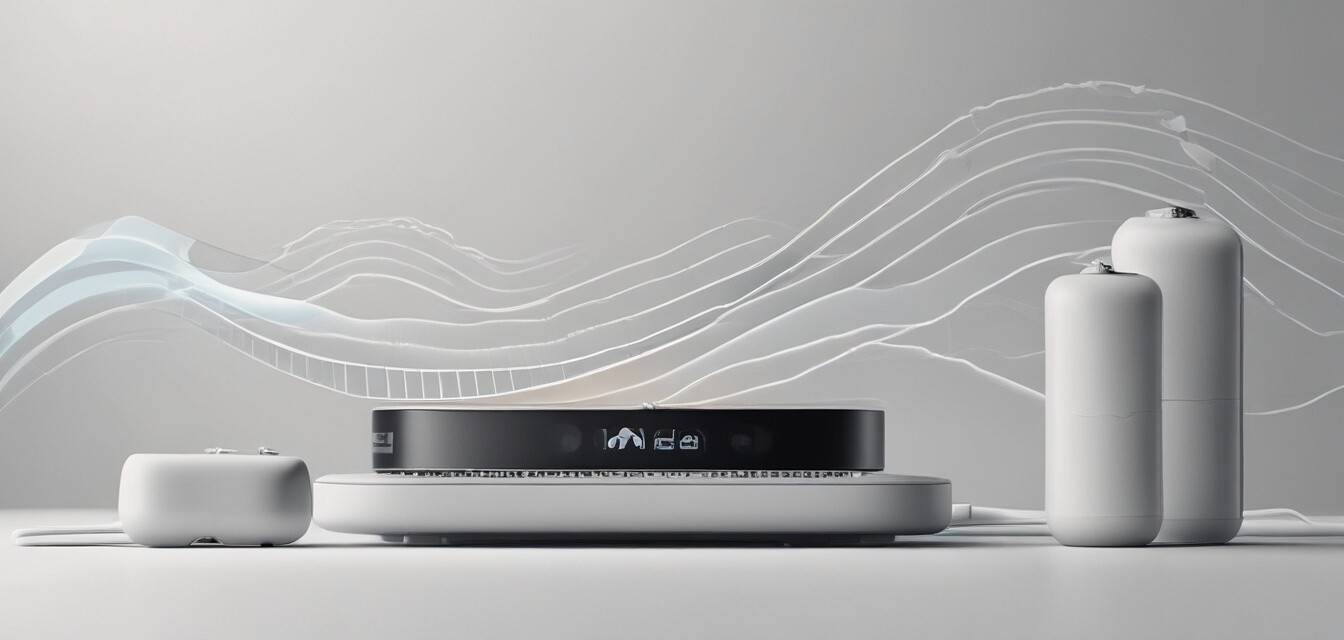
Tips for optimizing your Wi-Fi connection on Apple devices
Key Takeaways
- Choose the right location for your router to maximize coverage.
- Keep your firmware and software up to date.
- Use the right Wi-Fi band for your needs.
- Limit interference from other devices.
- Regularly restart your router for better performance.
In today's connected world, a stable Wi-Fi connection is essential for all your Apple devices. Whether you're streaming, video conferencing, or simply browsing, optimized Wi-Fi can enhance your overall experience. This article will provide you with effective tips to ensure your Apple devices are always connected with the best performance possible.
Understanding Wi-Fi Bands
Most Wi-Fi routers operate on two bands: 2.4 GHz and 5 GHz. Understanding the differences between these bands can significantly affect your connection quality.
| Band | Speed | Range | Interference |
|---|---|---|---|
| 2.4 GHz | Up to 600 Mbps | Greater (up to 400 ft) | More susceptible to interference |
| 5 GHz | Up to 1300 Mbps | Lesser (up to 150 ft) | Less interference |
Choosing the Best Location for Your Router
Router placement can greatly influence your connection speed and stability. Here are some tips to find the optimal spot for your router:
- Place your router in a central location in your home.
- Elevate the router for better signal distribution.
- Avoid placing it near walls or metal objects.
- Keep it away from other electronic devices that may cause interference.
Update Your Devices Regularly
Keeping your router’s firmware and your Apple device’s software up to date is crucial for ensuring a stable Wi-Fi connection:
- Check for router firmware updates regularly.
- Ensure your Apple devices are running the latest iOS or macOS versions.
- Browse our News and Updates for the latest information on software releases.
Utilize the Right Wi-Fi Band
Connecting to the appropriate Wi-Fi band can enhance your internet performance. Use the 2.4 GHz band for longer ranges and multiple devices, while 5 GHz is ideal for streaming and gaming:
- For video streaming, connect to the 5 GHz band.
- For general browsing, the 2.4 GHz band may suffice.
Limit Interference from Other Devices
Wi-Fi networks can face interference from various electronic devices. Take precautions to minimize disruption:
- Keep cordless phones, microwaves, and Bluetooth devices away from your router.
- Consider switching to a less crowded Wi-Fi channel if you experience connectivity issues.
Regularly Restart Your Router
Restarting your router can solve temporary connectivity issues and improve performance. For a consistently performing network:
- Perform a simple restart at least once a month.
- Consider scheduling a daily or weekly reboot for uninterrupted service.
Advanced Wi-Fi Optimization Techniques
If you're still experiencing issues, consider these advanced techniques:
- Enable Quality of Service (QoS) settings on your router to prioritize device bandwidth.
- Use a Wi-Fi extender or mesh network system for larger spaces.
- Discover more buying tips in our Buying Guides.
Troubleshooting Common Wi-Fi Issues
If you encounter connectivity problems, here are some common solutions:
- Check if the problem lies with your Internet Service Provider.
- Forget the network and reconnect your Apple device.
- Reset the router to factory settings as a last resort.
Pros
- Improved speed and performance for all connected devices.
- Reduced interference and better coverage.
- Enhanced streaming and gaming experience.
Cons
- Some techniques may require advanced knowledge.
- Costs involved with upgrading equipment.
Conclusion
Optimizing your Wi-Fi connection on Apple devices can significantly enhance your digital experience. By implementing these tips, you’ll enjoy smoother streaming, more reliable connections, and an overall better usage of your devices. For more tips to enhance your experience, browse through our Tips and Tricks section.